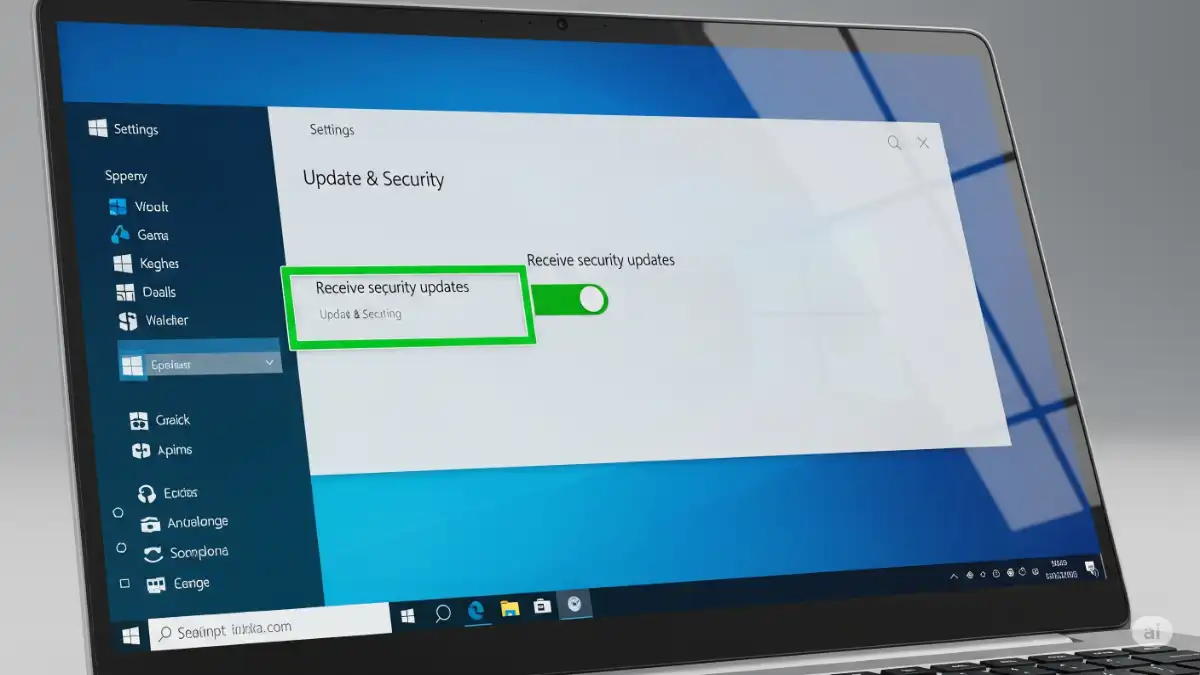Microsoft was supposed to stop all Windows 10 support in October 2025, but just announced:
- Free extended security updates for some users
- No paid subscription required (unlike earlier plans)
- Critical vulnerability patches only (no new features)
Why this matters: Over 400 million PCs still run Windows 10. Without updates, they’d become vulnerable to hackers.
Who Gets These Free Updates?
- Home users (originally had to pay)
- Small businesses (under 300 employees)
- Large enterprises (still need paid ESU)
Surprise change: Microsoft quietly added this option after public pushback.
How to Get Protected (3 Steps)
- Check your version:
- Press Windows + R, type winver
- Must be on 22H2 (last Windows 10 version)
- Enable updates:
- Go to Settings > Update & Security
- Turn on “Receive security updates” (new toggle)
- Install manually if needed:
- Some PCs may require visiting Microsoft’s support site
What You Actually Get
- Monthly security patches (until at least July 2026)
- No new features or design changes
- Possible slowdowns on very old hardware
Expert tip: Backup your data before updating some 10-year-old PCs might struggle.
Why Microsoft Changed Course
- Windows 11 adoption slower than expected (only 40% of PCs upgraded)
- Government pressure (many schools/hospitals still use Windows 10)
- Competition: Linux and ChromeOS gaining ground
What Users Should Do
▶ For most people: Take the free updates (better safe than sorry)
▶ Power users: Consider upgrading to Windows 11 if your PC supports it
▶ Businesses: Check Microsoft’s official ESU program for long-term options
See Also
- Windows 10 Users Can Now Get Free Security Updates – Here’s How
- Amazon Expands Kindle Colorsoft Line with More Affordable & Kid-Friendly Models
- Is Yahoo Mail Down Today? Here’s What’s Happening
- What Is “Tea”? The Viral Women-Only Dating Safety App
- iOS 26: Release Timeline, Features, and What to Expect


